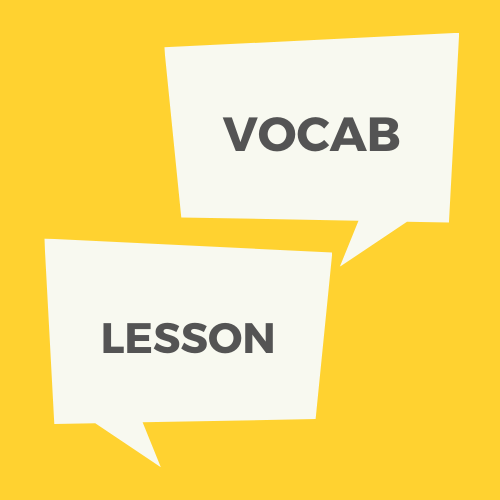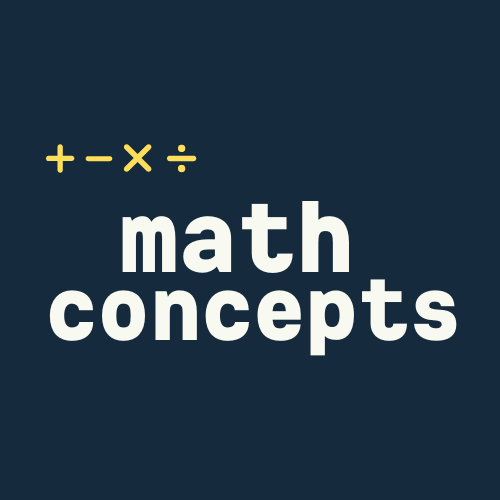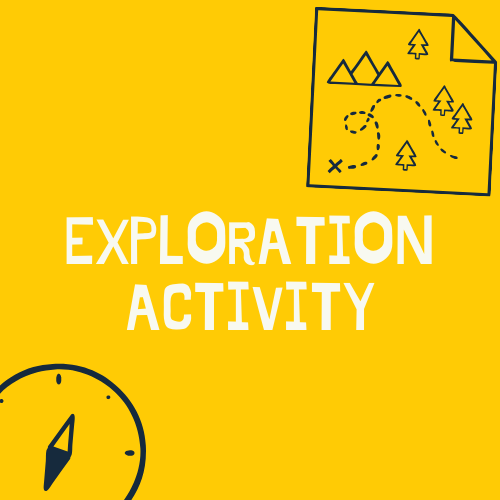Electricity
Think about objects that use and do not use electricity.
Overview
Learn about how electricity first came to Hawaiʻi, and play a game to think about objects that use and do not use electricity.
Find objects in your home that use electricity and trace the numbers 1 through 10.
Materials
Goals
Objectives
Common Core State Standards
Next Generation Science Standards
Materials
Vocabulary Lesson
-
-
-
Computer or other device with internet + speakers
-
-
Math Concepts Lesson
-
-
- Computer or other device with internet + speakers
- “Electricity Tracing: Numbers 1-10” worksheet
-
Exploration Activity
-
-
- Computer or other device with internet + speakers
-
Discovery Lesson
-
-
- “Electricity Scavenger Hunt” worksheet
- A pencil
- A parent or guardian
-
Goals
- Learn about the history of electricity in Hawaiʻi;
- Think about objects that use and do not use electricity;
- Understand objects in ancient Hawaiʻi did not use electricity;
- Practice counting; and
- Practice writing numbers.
Objectives
- Learn about how Thomas Edison and King Kalākaua brought light bulbs to ʻIolani Palace;
- Play a game to identify if ancient and modern objects use or do not use electricity;
- Find objects in your house that use electricity;
- Count objects that use electricity; and
- Write numbers in the air.
Common Core State Standards
CCSS.Math.Content.K.CC.A.3
Write numbers from 0 to 20. Represent a number of objects with a written numeral 0-20 (with 0 representing a count of no objects).
CCSS.Math.Content.K.CC.B.4
Understand the relationship between numbers and quantities; connect counting to cardinality.
Next Generation Science Standards
K-ESS3-2
People depend on various technologies in their lives; human life would be very different without technology.
Play a game to think about what objects use and do not use electricity.
Go on a scavenger hunt around your house to find objects that use electricity.




